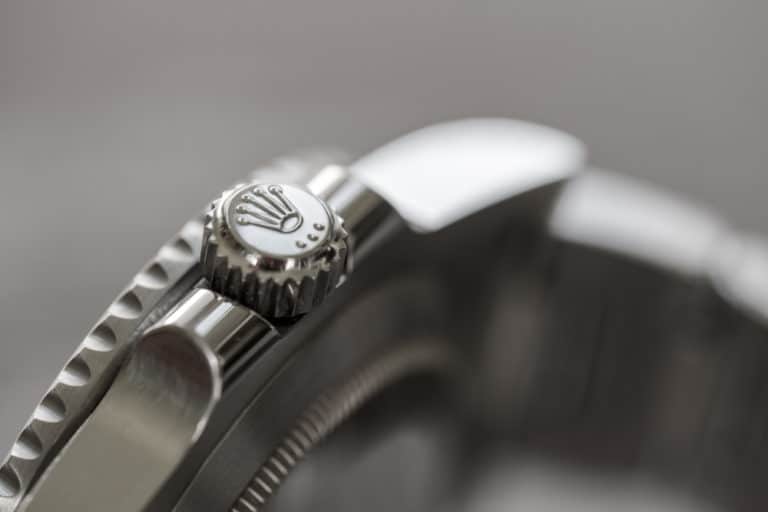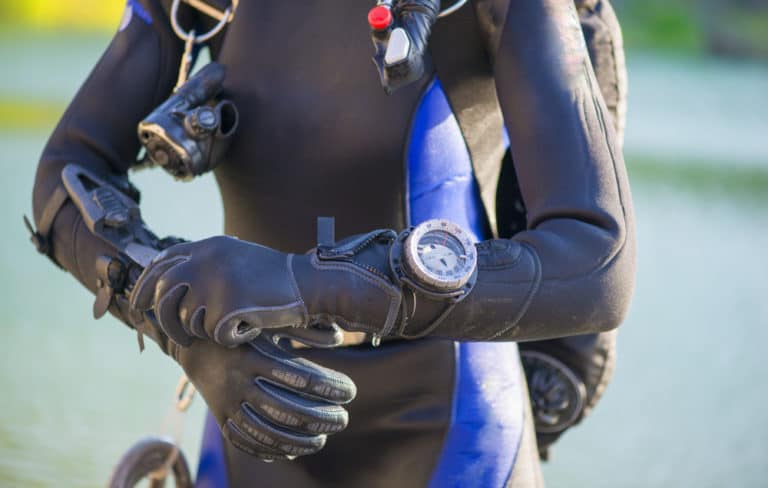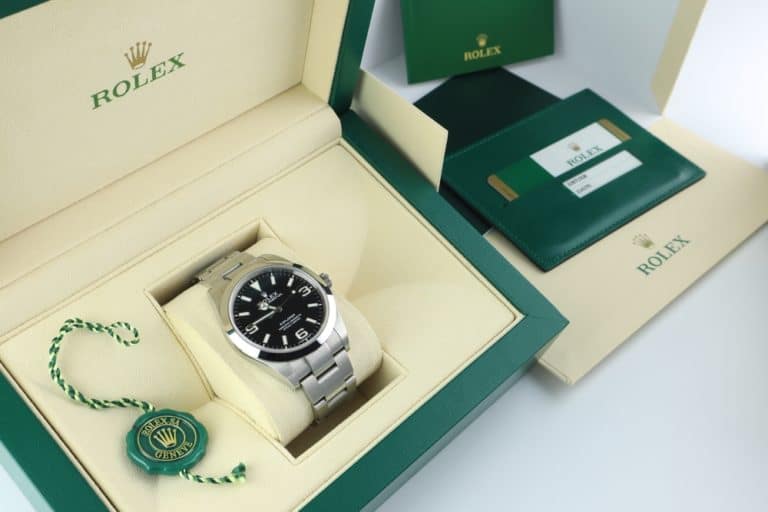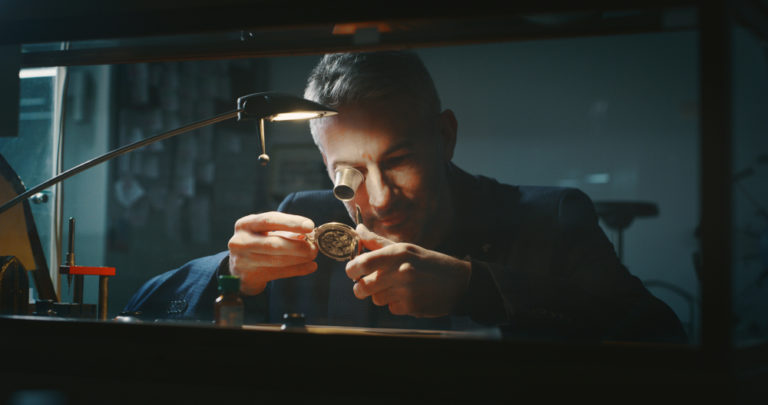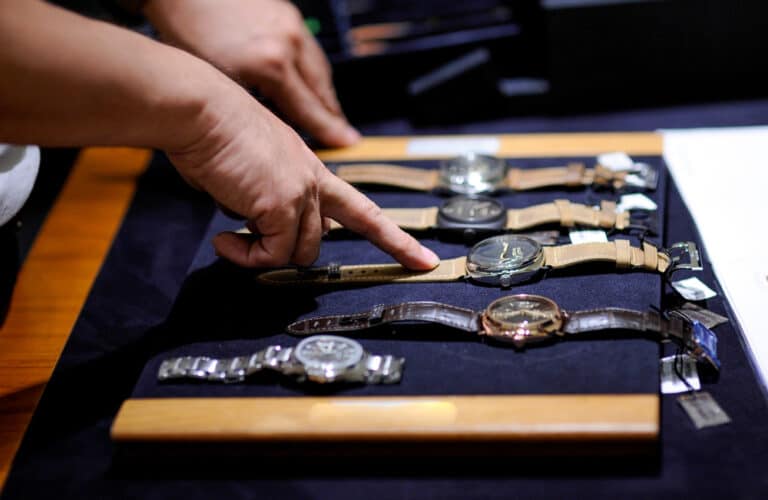Watches have become an important part of many people wearing apparel and are often intended to send a message regarding the wearer’s status rather than for specific time monitoring. Within this group of people is a subset of owners who need waterproof watches that can be worn to the depth and display the correct information.
In most instances, a correctly rated waterproof watch can be worn in a swimming pool. A watch that is rated to 10 BAR, 10 ATM, 1000m, and 330ft is designed to withstand most swimming sessions; however, the crystal mustn’t be cracked, and the seals need to be in good condition.
Watches are made in all shapes and sizes and with carrying prices. If you intend to swim with your watch, ensure it is rated for the depth to which it will be worn and in good condition.
Some Watches Can Be Worn In The Pool
Watches are designed for different markets and range in price from $2.50 to $1,000,000. The quality, build materials, design, functions, and capabilities within this price range vary considerably.
A watch designed to be worn with a dinner jacket to formal functions has different design criteria to a unit worn by someone scaling Mount Everest.
The same applies to the difference between a cheap quartz watch and a high-end mechanical timepiece.
With regard to water resistance, the ability of the watch to prevent water ingress will depend on its intended function.
The dress watch described earlier may only need to withstand accidental splashes or the owner being caught in the rain, while a watch worn by a diver will require a different level of protection.
While most watches will survive brief exposure to light rain, certain watches are categorized as water-resistant.
What A Watch Indicates Is Not Always A Measure Of Its Ability?
A common misconception is that if a watch indicates a water resistance of 100 meters, it does not necessarily indicate that it can be worn to that depth.
The watches are tested under rigorous ISO rules, but the tests are carried out in controlled laboratory conditions and do not necessarily involve someone diving 100 meters below the surface and then checking the time.
The watches are pressure tested in a laboratory where comparable static water pressure is applied. After this, it is immersed in 10 centimeters of water for one hour.
The official measurement is the atmosphere (ATM), equal to 10 meters of static water pressure.
When a diver uses a watch at maximum depths, the pressure is anything but static and stable.
Real-life conditions are very different from those found in the laboratory.
- A strong wave breaks over the user on a beach.
- The diver is caught up in a powerful underwater.
- A garden hose is being sprayed on the owner.
- Jumping off a high dive into the pool.
- Falling and slipping in a muddy trench.
Laying in the sun and jumping into a cool swimming pool may have a more sudden impact on these seals than swimming to depth with controlled descents and ascents.
These pressures may exceed the design limits for a fraction of a second.

How Do Watch Manufacturers Rate Their Products?
This section explains the manufacturer’s ratings in terms of intended water capabilities.
Different manufacturers print different measurements in their products to indicate the different water resistance capabilities.
The four terms which are generally used are explained below:
- Bar is the current atmospheric pressure on Earth at the altitude (or depth) at which the watch is being worn.
- ATM is the unit of pressure where “one” is defined as 101325 Pa.
- “M” is the water depth (in meters) to which the watch is worn, and every 10-meter depth adds 1 bar of pressure.
- “F” is the water depth (in feet) to which the watch is worn, and every 32 feet of depth adds 1 bar of pressure.
Based on these terms, a grading system has been developed explaining each watch’s capabilities.
| Watches Grading | Water Resistance Ability |
|---|---|
| Water Resistance | The watch can withstand accidental splashes, for example, rain, but it’s not suitable to be submerged in water, nor suitable for a shower. |
| 3 BAR / 3 ATM / 30m / 100f | The watch can withstand accidental splashes. It can be kept during a shower, but only if the watch is new or recently resealed. The watch’s water resistance seal may degrade over time, especially if it takes a knock. |
| 5 BAR / 5 ATM / 50m / 165ft | The watch can withstand splashes and showers and is suitable for swimming. It is unsuitable for water sports, poolside diving, or sea diving. |
| 10 BAR / 10 ATM / 100m / 330ft | This device can be used for swimming and snorkeling but not for highboard diving or aqua diving. |
| 20 BAR / 20 ATM / 200m / 660ft | This device can be used for swimming, as well as high-impact water sports and scuba diving. |
| More than 30 BAR / 30 ATM / 300m / 990ft | The watch is a genuine watersports model and can be worn during all high-impact water sports, scuba diving, and saturation diving. |
The specific swimming watches or devices are different from normal water-resistant watches. Because specific swimming watches are designed for swimming and can record many swimming action parameters, they must be water-resistant.
A watch rated at 5 BAR / 5 ATM / 50m / 165ft or above, which has a metal or rubber strap, can be safely deliberately immersed in water while swimming and be unharmed.
Despite this, some precautions should be taken to ensure the watch’s longevity.
Have The Watch Pressure Tested
If a watch designed for use to a depth of 100 feet or greater is regularly taken to depth, it should be pressure tested and have its gauges changed.
- Most modern watches (less than 20 years old) will only need to be resealed every 3-5 years and not every 12 months.
- An example of a competent underwater watch is the “Rolex Submariner,” which only needs to be checked during its 5-10 year maintenance.
These checks will involve renewing the watch’s seals to ensure they can withstand the underwater pressures.
The older the watch, the more servicing is required to ensure water resistance.
This applies especially to vintage watches.
After Swimming, Clean The Watch
After swimming with the watch, submerge and leave it inside a glass of clean water to rid the watch of impurities such as salt or chlorine, which can weaken the gauges.
This is particularly important for divers, who submerge more often and for longer periods.
Check The Condition Of The Watch
If the watch has a chipped crystal, it will affect the water resistance.
Always ensure that the buttons are not loose.
Watches With Screw Downs Have Superior Waterproofing
Watches with screw-down crowns are better for water. In most cases, water ingress is due to the winding crown not being closed properly or the seals being in a very poor state.
- Never unscrew the screw down underwater.
- Never use the chronograph function underwater.
Conclusion
The depth to which a watch is waterproof depends on its design limits. These are displayed on the watch and should be strictly adhered to.

